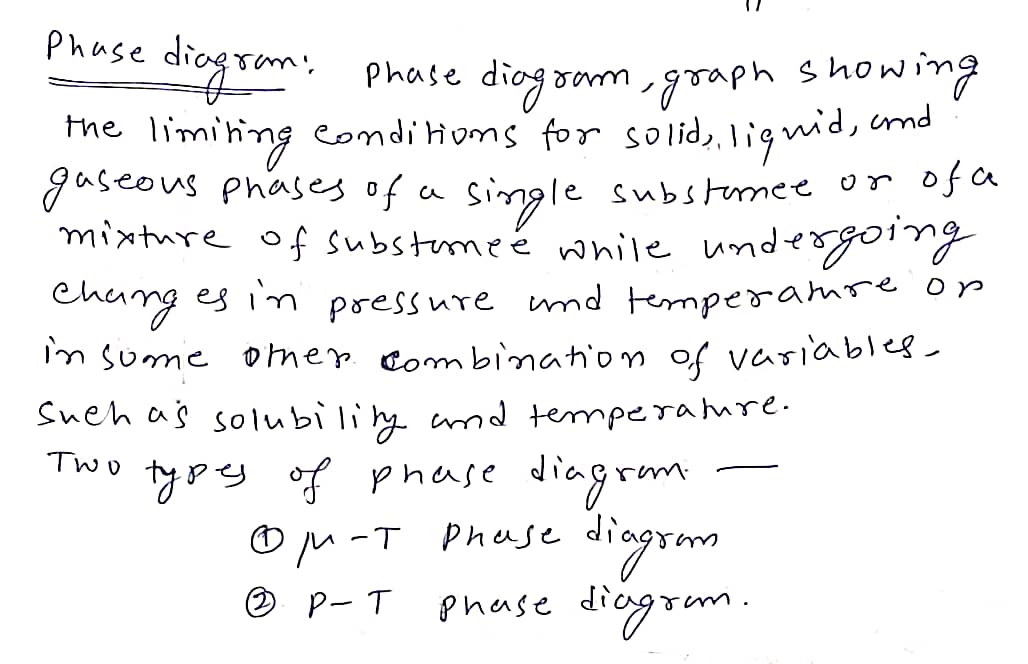3. Use the diagram to answer the following: dos101 o of beliggo zitoed to to 2.8 toe pitibeaz ert etclubipood reznetni a. Identify the point of the graph where each of the following occurs. Ci. melting begins Eil. boiling begins Di. freezing begins F iv. condensation begins b. Suppose you have 10grams of water at 25°C. What do you need to do to get the 10 grams of water to point C? a. 4 Temperature C. B A commarti priwollol arif reblanc (oko S (1) HD S E Solid A and B are temperatures; The others are points on the graph Energy Solid-Liquid 4. Using the phase diagram to the right: wod obom 910 00 49.8 Label each phase in the diagram to the right in pe the box provided. b. What is the normal melting and normal boiling points? P atm D 1.00 What is the phase change associated with letter A roscuro is suddenly dropped? Liquid 0.00150 avori frum aster to amore wort noiloben oril yd beapsler erp toerio L Sbeau A. borobinsed Liquid Gas 54.4 54.8 B F T Kelvin Gas 90.2 154.6 G
States of Matter
The substance that constitutes everything in the universe is known as matter. Matter comprises atoms which in turn are composed of electrons, protons, and neutrons. Different atoms combine together to give rise to molecules that act as a foundation for all kinds of substances. There are five states of matter based on their energies of attraction, namely solid, liquid, gases, plasma, and BEC (Bose-Einstein condensates).
Chemical Reactions and Equations
When a chemical species is transformed into another chemical species it is said to have undergone a chemical reaction. It consists of breaking existing bonds and forming new bonds by changing the position of electrons. These reactions are best explained using a chemical equation.


Step by step
Solved in 3 steps with 3 images









